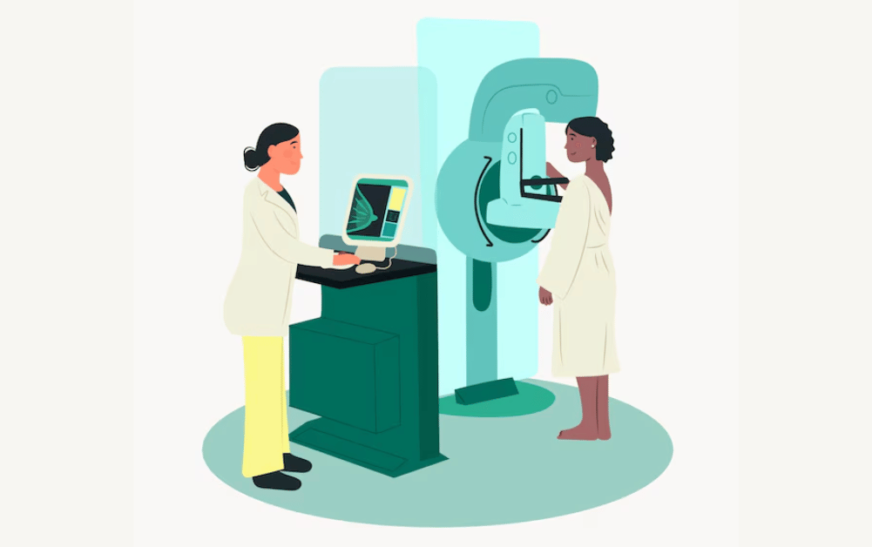Post-void scans residual (PVR) volume is a critical measure in urology and diagnostic medicine, providing valuable insights into various urinary disorders. This article delves into what PVR scans are, how they are performed, and their significance in diagnosing and managing urinary conditions. We will explore the methods used to measure PVR, its diagnostic applications, and the role of urine specimens in this process.
What is Post-Void Residual (PVR) Volume?
Post-void scans residual (PVR) volume refers to the amount of urine left in the bladder after a person has urinated. Measuring this residual volume is crucial for evaluating bladder function and diagnosing several urinary conditions. A high PVR can indicate problems with bladder emptying, which may be due to various underlying issues.
Why Measure PVR?
Void Scans – Measuring PVR helps clinicians understand how well the bladder is emptying after urination. This information is essential for diagnosing conditions that impair bladder function or cause urinary retention. PVR measurement is used to assess several disease processes, including:
- Neurogenic Bladder: A condition where nerve damage impairs bladder function.
- Cauda Equina Syndrome: A serious condition affecting the nerves at the end of the spinal cord, leading to bladder dysfunction.
- Urinary Outlet Obstruction: Blockages that prevent the normal flow of urine from the bladder.
- Mechanical Obstruction: Physical barriers obstructing the bladder or urethra.
- Medication-Induced Urinary Retention: Drugs that affect bladder function, leading to retention of urine.
- Postoperative Urinary Retention: Difficulty in urinating following surgery.
- Urinary Tract Infections (UTIs): Infections that can impact bladder function and residual volume.
Methods for Measuring PVR
There are several methods to measure PVR, each with its advantages and specific applications:
1. Urinary Catheterization
Urinary catheterization involves inserting a catheter into the bladder to measure the residual volume directly. This method is particularly useful in cases where a precise measurement of PVR is needed or when a urine specimen is required for analysis.
Procedure: After the patient voids, a catheter is inserted through the urethra into the bladder. The catheter is then used to drain the remaining urine, and the volume is measured.
Advantages:
- Provides an accurate measurement of residual urine.
- Can collect a sterile urine specimen for diagnostic testing.
Disadvantages:
- Invasive procedure with a risk of infection.
- May cause discomfort or complications if not performed correctly.
2. Portable Bladder Scanner
A portable bladder scanner is a non-invasive device that uses ultrasound technology to estimate the volume of urine in the bladder. This method is commonly used in clinical settings for quick and convenient PVR measurement.
Procedure: The scanner is placed on the patient’s abdomen over the bladder area. Ultrasound waves are used to create an image of the bladder and calculate the residual volume.
Advantages:
- Non-invasive and painless.
- Provides immediate results.
Disadvantages:
- May be less accurate than catheterization in some cases.
- Requires proper training to use effectively.
3. Formal Ultrasound Examination
A formal ultrasound examination involves using ultrasound technology to measure bladder volume more comprehensively. This method is often used in specialized diagnostic settings.
Procedure: A trained technician performs the ultrasound, typically using a higher-resolution device to obtain detailed images of the bladder and measure the residual volume.
Advantages:
- Provides a detailed and accurate assessment of bladder volume.
- Non-invasive and suitable for detailed diagnostics.
Disadvantages:
- May require a referral to a specialized center.
- Less immediate than portable bladder scanners.
Diagnostic Applications of PVR Measurement
PVR measurement plays a crucial role in diagnosing and managing various urinary conditions. Here’s how it contributes to the evaluation of different disorders:
1. Neurogenic Bladder
In neurogenic bladder, nerve damage affects the bladder’s ability to contract and expel urine effectively. Elevated PVR may indicate that the bladder is not emptying completely, a common issue in conditions like spinal cord injuries or neurological disorders.
2. Cauda Equina Syndrome
Cauda equina syndrome is a medical emergency that affects the nerves at the base of the spinal cord. Symptoms include bladder dysfunction and urinary retention. PVR measurement helps assess the extent of bladder impairment and guide treatment decisions.
3. Urinary Outlet Obstruction
Obstruction of the urinary outlet, such as from an enlarged prostate or bladder stones, can cause urine retention and elevated PVR. Identifying and addressing the obstruction is crucial for relieving symptoms and preventing complications.
4. Mechanical Obstruction
Mechanical obstructions, such as tumors or foreign bodies, can block urine flow and increase PVR. Diagnosis often involves imaging studies alongside PVR measurement to determine the cause and appropriate intervention.
5. Medication-Induced Urinary Retention
Certain medications can interfere with bladder function, leading to urinary retention. PVR measurement helps differentiate medication-induced retention from other causes and guides adjustments to the patient’s medication regimen.
6. Postoperative Urinary Retention
Postoperative urinary retention is a common issue following surgeries, especially those involving the pelvic region. Measuring PVR helps determine the severity of retention and guides postoperative care, including possible catheterization or other interventions.
7. Urinary Tract Infections
UTIs can affect bladder function, leading to increased residual urine. A urine specimen obtained during PVR measurement can be analyzed to confirm infection and guide appropriate treatment.
Using PVR in Conjunction with Other Diagnostic Tools
To achieve a comprehensive understanding of a patient’s bladder function, PVR measurement is often used alongside other diagnostic tools:
1. American Urological Association (AUA) Symptom Score
The AUA Symptom Score is a questionnaire that evaluates the severity of urinary symptoms, including frequency, urgency, and nocturia. When combined with PVR measurement, it provides a detailed picture of the patient’s urinary health and guides treatment planning.
2. 24-Hour Voiding Diary
A 24-hour voiding diary records the frequency and volume of urination over a day. This information, combined with PVR measurements, helps assess overall bladder function and identify patterns that may indicate underlying issues.
3. Urine Specimen Analysis
In cases where infection is suspected, a urine specimen obtained through catheterization can be analyzed for pathogens and other abnormalities. This helps confirm or rule out infections as the cause of elevated PVR.
Practical Considerations and Recommendations
1. Choosing the Right Measurement Method
The choice of PVR measurement method depends on the clinical context and the need for accuracy. Portable bladder scanners are suitable for routine assessments, while urinary catheterization is preferred when precise measurements or urine specimens are required.
2. Preventing Infection
Urinary catheterization, while effective, carries a risk of infection. To minimize this risk, ensure that catheterization is performed using sterile techniques and appropriate care measures.
3. Interpreting Results
PVR results should be interpreted in conjunction with other diagnostic information, including symptoms, medical history, and additional tests. This comprehensive approach ensures accurate diagnosis and effective management.
4. Patient Education
Educate patients about the importance of PVR measurement and its role in diagnosing and managing urinary conditions. Providing clear instructions on how to prepare for tests and what to expect can enhance patient cooperation and comfort.
Conclusion
Post-Void Scans residual (PVR) measurement is a valuable tool in diagnosing and managing urinary conditions. By assessing the amount of urine remaining in the bladder after voiding, clinicians can gain insights into bladder function and identify various disorders, including neurogenic bladder, urinary outlet obstruction, and medication-induced retention.
Void Scans – The choice of measurement method—whether urinary catheterization, portable bladder scanning, or formal ultrasound—depends on the clinical situation and the need for accuracy. Combining PVR measurements with other diagnostic tools, such as the AUA Symptom Score and a 24-hour voiding diary, provides a comprehensive understanding of bladder health and guides effective treatment.
As research and technology continue to advance, PVR measurement will remain a cornerstone of urological diagnostics, helping to improve patient outcomes and enhance our understanding of bladder function.
Also Read: Hypochlorous Acid Spray: An In-Depth Look at This Emerging Skincare Ingredient








